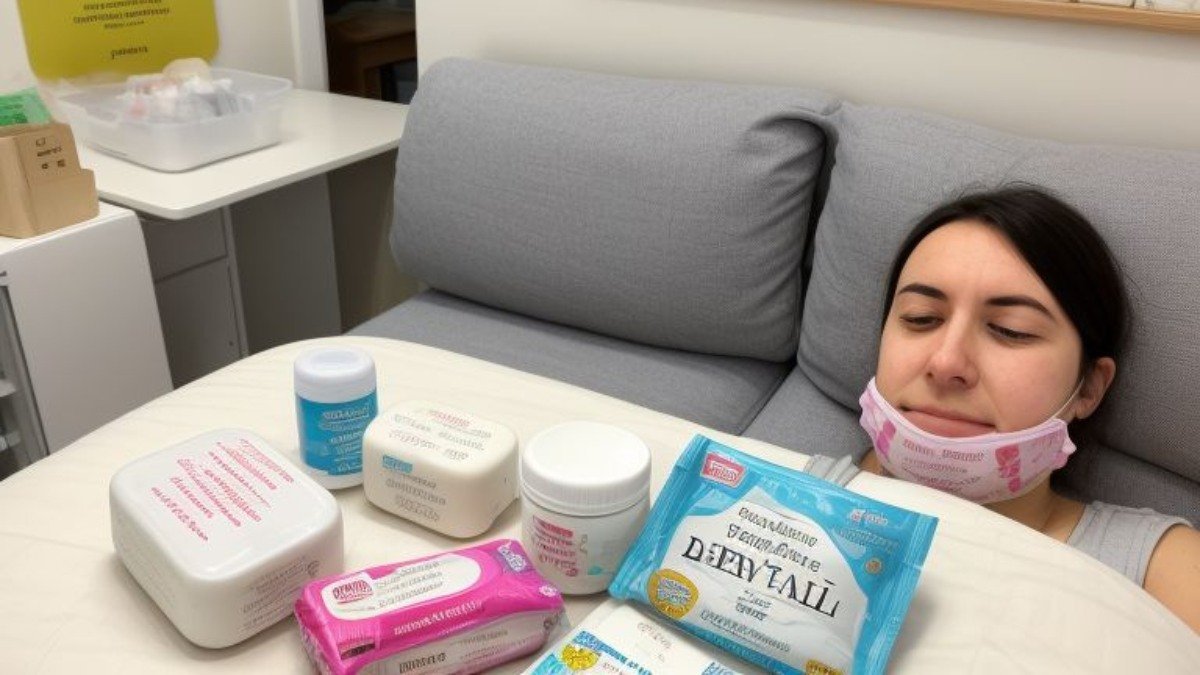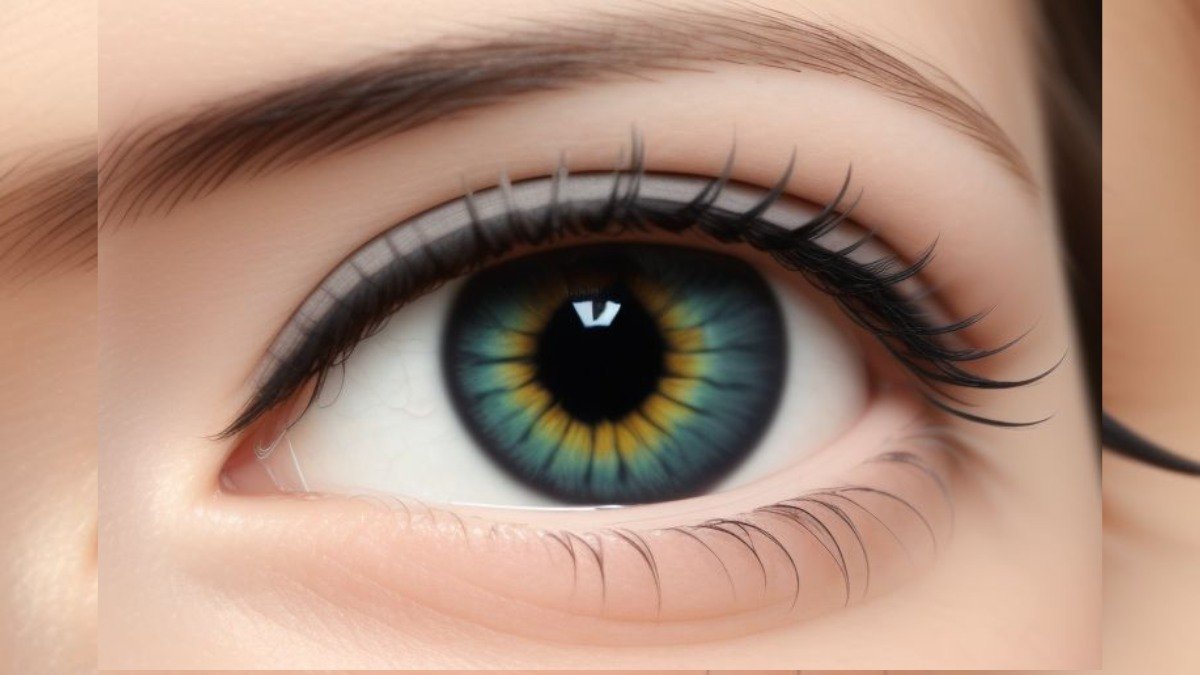How Does Benadryl Work | What is Benadryl Used For: Benadryl is the trade name for the generic diphenhydramine, which is an antihistamine in nature and found to be an over-the-counter drug. The symptoms and symptoms appearing due to allergic reactions or hay fever and common cold are treated with it. The symptom includes itchiness and sneezing and runniness of the nose. Knowing how long Benadryl takes to work is a part of what you need to be able to understand how well to deal with the symptoms and even get the best relief. In this paper we will explore the mechanisms of action of Benadryl, factors that influence onset of action, usual time to effect, individual variability in drug response, guidelines for optimizing effectiveness, knowing when to seek medical attention, and concluding with a summary of key points.
1. Overview of Benadryl
Benadryl is relatively close to the superhero of the allergy world that swings into action when sneezing, itching, or hives come onto the scene. The product is over-the-counter medicine that helps the symptoms of common colds, hay fever, and allergies.
Common Uses of Benadryl
There are those people who take Benadryl for sneezing, itching, watery eyes, and a runny nose. It is also an excellent sidekick to use against the itchiness of bites and stings from insects. And it will make you sleepy as well, which makes it like a sort of bonus superhero power in getting some much-needed shut-eye.
2. How Benadryl Works
Antihistaminic Effects
The secret of Benadryl lies in its antihistamine properties. Histamines are the rebels that cause allergy symptoms; Benadryl works against them by blocking them from wreaking havoc in the body.
Impact on Histamine Receptors
Benadryl blocks histamine receptors and hence histamines cannot bind and thereby let off the alarm bells leading to those annoying allergy symptoms. It is like putting on earmuffs in your histamine receptors so that they cannot hear the call to action.
3. Onset of Action Factors
Dosage of Benadryl
The dosage you take of Benadryl also plays a role in your body in terms of the onset of its action. A higher dose might make it start faster, but simultaneously may lead to more side effects like drowsiness.
Differences in Metabolism by Individuals
I think a little bit like people who can drink an entire pot of coffee without becoming jittery, individual metabolism will determine how quickly Benadryl is effective.
4. Typical Onset Time When It Begins to Work
Benadryl Onset of Action
Benadryl is also an instant sidekick, so typically, it kicks in within 15 to 30 minutes after you take the medication. In that regard, you won’t be left twiddling your thumbs waiting for an eternity to get relief from those annoying symptoms.
Effect Duration
The effects last usually four to six hours, so you can have a reasonable stretch of time to enjoy some bliss with allergy-free breathing-you just have to think about your next dose after that. It’s a mini-vacation from sneezing and itching, courtesy of Benadryl.
5. Variable Response to Benadryl
Considerations by Age and Weight
It can vary depending on age and weight, however. Children and adults metabolize the drug in their body differently, so this would affect the rate of how it will take to work.
Medical Conditions in Response
The impacts of Benadryl, getting affected are due to liver or kidney diseases. It’s important to have consultation with a doctor if you have some pre-existing conditions in your body.
6. Tips to get maximum effects of Benadryl
Proper Timing for Dosage
For Benadryl to be effective, follow the recommended dosage and time. Read the label instructions or your prescription’s advice.
Precautions on Avoiding Interactions with Other Drugs
To have no interaction with other drugs, tell your health care provider about the other drugs you take before using Benadryl to avoid any adverse reaction.
7. When to Call for Medical Help
Symptoms of Severe Allergic Reaction
If you experience severe reactions like problem in breathing or tightness of the throat or increased heart rate when taking Benadryl, you should immediately see a doctor due to anaphylactic response
Seeing a Doctor
If you feel that you are not well because of Benadryl or you are concerned by your response to the medication, seek a doctor
Also Read: How to Get Rid of Fruit Flies: A Complete Guide
Conclusion and Summary
In conclusion, knowing when Benadryl takes to work is essential in the management of symptoms of an allergy. Discussing the mechanism of action, factors that influence onset of action, and tips on how to maximize the effectiveness of the medication allows people to make informed choices about using it for relief of allergic symptoms. Of course, response times may vary with patient to patient, and in cases of severe reactions, a visit to a healthcare provider would be warranted. If done correctly, a patient might use Benadryl so that they are relieved of their discomfort and have a general improvement within their quality of life.
Conclusion Basically, knowing what factors affect the speed at which Benadryl acts can aid in its proper use. Considering age, weight, medical condition, time of dosage, and potential interaction will make it maximally beneficial and know when to seek medical attentions when need be. Remain well-informed and safe with this widespread allergy drug.
Frequently Asked Questions
- Typically, how long does it take for Benadryl to start working?
- What could affect when the Benadryl would start working?
- The patient, if still feeling no relief in symptoms after the consumption of Benadryl?
- Is Benadryl contraindicated with other medications, or does that affect the efficacy?




